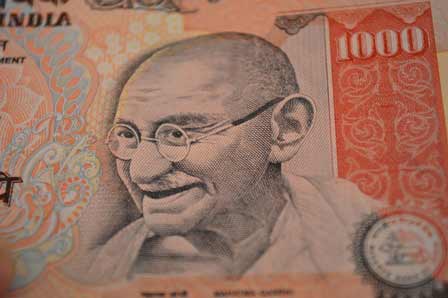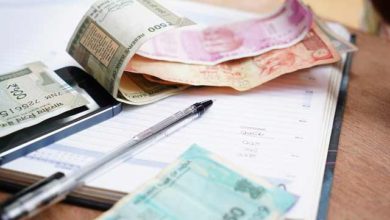99% of junked Rs 500/1000 notes returned to banks: RBI

As much as 99 per cent of the junked Rs 500 and Rs 1,000 notes have returned to the banking system, RBI said today, prompting opposition to question the efficacy of the government’s unprecedented note ban decision to curb black money and corruption.
The Reserve Bank, which has so far shied away from disclosing the actual number of junked currency deposited after November 8 last year, said in its Annual Report for 2016-17 that Rs 15.28 lakh crore of the junked currency had come back into the banking system, leaving only Rs 16,050 crore out.
As on November 8, 2016 there were 1,716.5 crore pieces of Rs 500 and 685.8 crore pieces of Rs 1,000 in circulation, totalling Rs 15.44 lakh crore.
Post-demonetisation RBI spent Rs 7,965 crore in 2016-17 on printing new Rs 500 and Rs 2,000 and other denomination notes, more than double the Rs 3,421 crore spent in the previous year.
The demonetisation was hailed as a step that would curb black money, corruption and check counterfeit currency but RBI said just 7.1 pieces of Rs 500 note per million in circulation and 19.1 pieces of Rs 1,000 notes per million in circulation were found to be fake in its sample survey. Opposition was quick to seize on the data to attack the government with former finance minister P Chidambaram saying, “RBI ‘gained’ Rs 16000 crore, but ‘lost’ Rs 21000 crore in printing new notes! The economists deserve Nobel Prize.”
“Rs 16,000 cr out of demonetised notes of Rs 15,44,000 cr did not come back to RBI. That is 1 per cent. Shame on RBI which ‘recommended’ demonetisation,” he tweeted. Chidambaram also wondered if demonetisation was “a scheme designed to convert black money into white?”.
Samajwadi Party leader Naresh Agarwal said his party would move a privilege motion against RBI Governor Urjit Patel for misleading a parliamentary panel on the issue.
RBI said just 8.9 crore pieces of Rs 1,000 notes or 1.3 per cent of the scrapped ones have not returned. It, however, did not give a specific number for the old 500 rupee notes.
“Subject to future corrections based on verification process when completed, the estimated value of specified bank notes (SBNs) received as on June 30, 2017 is Rs 15.28 trillion,” the central bank said.
After the note ban, old notes were allowed to be deposited in banks, with unusual deposits coming under income tax scrutiny. A collateral damage as a result of rise in printing and other cost was dividend RBI pays to the government.
RBI said its income for 2016-17 decreased by 23.56 per cent while expenditure jumped 107.84 per cent.
“The year ended with an overall surplus of Rs 306.59 billion as against Rs 658.76 billion in the previous year, representing a decline of 53.46 per cent,” it said. The government replaced old Rs 500 notes with new ones, but no replacement for Rs 1,000 notes have been made. Instead, a new Rs 2,000 note was introduced post note ban.
RBI said there are as many 588.2 crore of Rs 500 notes, both old and new in circulation as of March 31, 2017. As of March 31, 2016, there were 1,570.7 crore Rs 500 notes in circulation. As many as 328.5 crore pieces of new Rs 2,000 notes were in circulation as on March 31, 2017.
Besides, new Rs 500 and Rs 2,000 notes, the RBI has also circulated new Rs 200 notes last week. Former RBI Deputy Governor R Gandhi said demonetisation will have long-term impact. Expectations of various quarters that sizable portion of the demonetised currency won’t return has not been fulfilled.









